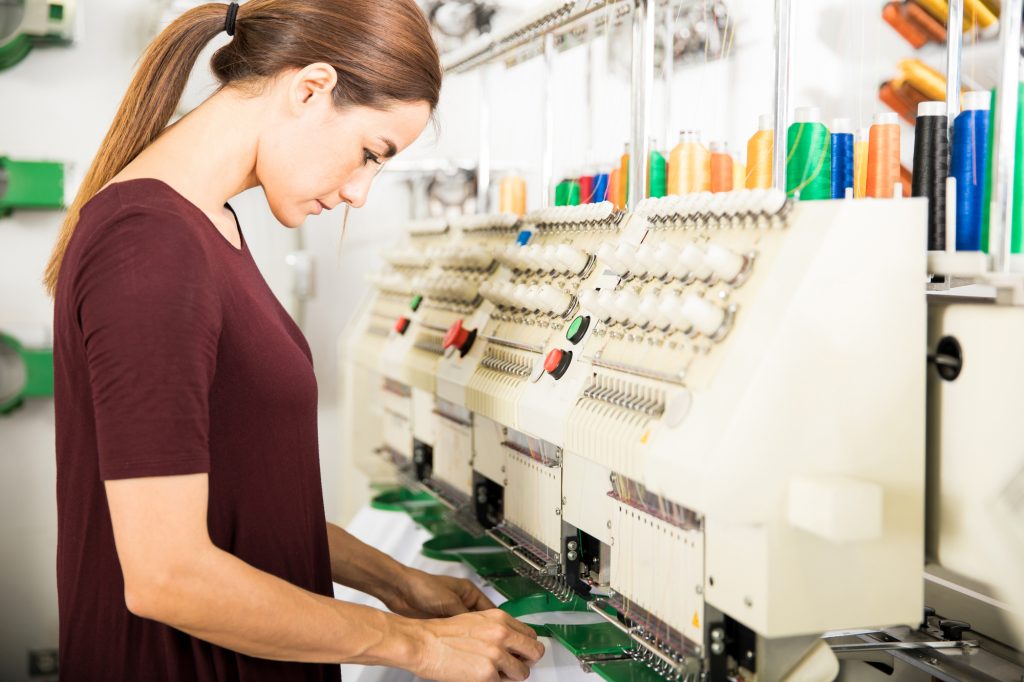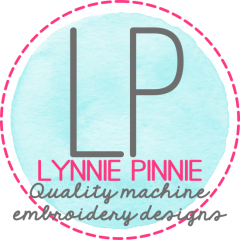
The correct stabilizer can have a huge impact on whether or not a job succeeds or fails. Of course, we all know that specific embroiderer who only uses one type of stabilizer for every job regardless of fabric or design, and does well. In most cases, however, a the right combination of stabilizer, fabric and design is necessary for embroidery to proceed smoothly and for the finished product to look its best. Choosing the correct stabilizer can make your production faster, your sew-out run more smoothly and your finished product look better. Because the decision of which stabilizer to use for a particular job can have such an impact, it seems only right to provide some tips on how to choose.
Let’s start with the types of stabilizer. At the most basic level, your choice will involve either cutaway or tearaway stabilizer. Even if you choose a specialty stabilizer for your project, it will most likely fit into one of those two categories. Because of this fact, knowing when and why you might want to use a particular type is crucial.
We’ll start with tearaway stabilizer. This type, as the name implies, tears away, so it is often easier and faster to remove. If you have a job with time constraints, where cutting away a stabilizer might take too much time, tearaway stabilizer may be a good option.
Cutaway stabilizer, as a general rule, has less stretch to it than tearaway, which makes it the preferred option for performance wear or other types of stretchy fabrics. Cutaway stabilizer may also be a good choice for delicate fabrics when pulling hard enough to tear a tearaway stabilizer away would perhaps cause damage to the fabric itself.
Your choice of stabilizer should take into account the following things:
- The qualities of the fabric
- Requirements of the design
- Time available
The right stabilizer choice should improve both your sew-out and your production time, as well as reducing the amount of effort and time needed to make the final product look its best.
The second thing to consider is stabilizer weight. No one likes the look of a stitch-out that is extremely stiff or weighed down with a huge wad of backing. The general rule is that light weight fabrics should be stabilized by a light weight stabilizer, and heavier fabrics with a heavier stabilizer. The ultimate goal is to find a stabilizer that will stabilize the stitch-out without weighing down or distorting the fabric.
Don’t neglect the fact that the selection of a stabilizer can have a huge impact on how the design works. Specialty stabilizers are designed to work in particular situations and with particular types of fabric, so don’t pass over those options when selecting a stabilizer to use. A specialty stabilizer can have a great impact on how well a design runs and the appearance of the design when it is completed. Some specific specialty backings that should be considered in specific situations include:
- Poly Mesh (Also called No Show Mesh) can be a useful option for polos and lightweight fabrics.
- Fusible Poly Mesh (Also known as Cloud Cover) is useful for covering the back of an embroidered design to avoid scratching sensitive skin. It can also be useful for mitigating the stretching of performance wear.
- R2000 (Also known as Action Back) (a polypropylene stabilizer) is designed to work with performance wear and to counter the problem of stretching.
- Adhesive stabilizer (Also known as Sticky Back, Sticky or Peel N Stick) is useful for items that are too small to hoop on their own. It can also be used with performance wear to counter the stretching of the fabric.
- Water soluble topping (Also knows as Solvy or cutaway/washaway) can be used as a topping or a backing. Water soluble can help monograms and other embroidery stand out on fleece or towels. Badgemaster is a useful option for patches. Cutaway/washaway is the perfect option if you want to make freestanding lace.
As has been noted previously, some embroiderers can go their entire careers and use only one type of stabilizer, and that may work for some people. The question is, why would you resist using all the options available? Specialty stabilizers have a variety of functions and qualities that may contribute to the smoother running of your jobs and faster production times. They can also offer the possibility of a higher quality finished design. It is true that the cost of some of the specialty stabilizers may be slightly higher, the end result will be well worth the slightly higher expense.
Stabilizer is the foundation on which everything else contained in an embroidery design is built. Just as you wouldn’t build your house on a quicksand or a volcano, don’t build your embroidery with a stabilizer that can’t stand up to the requirements of the job. Choose your stabilizer with care and after giving thought to the requirements of the fabric and the stitch-out. Taking the time to make an informed and educated decision will ensure that your final choice will be a stabilizer that can meet the requirements of your design and product schedule.
